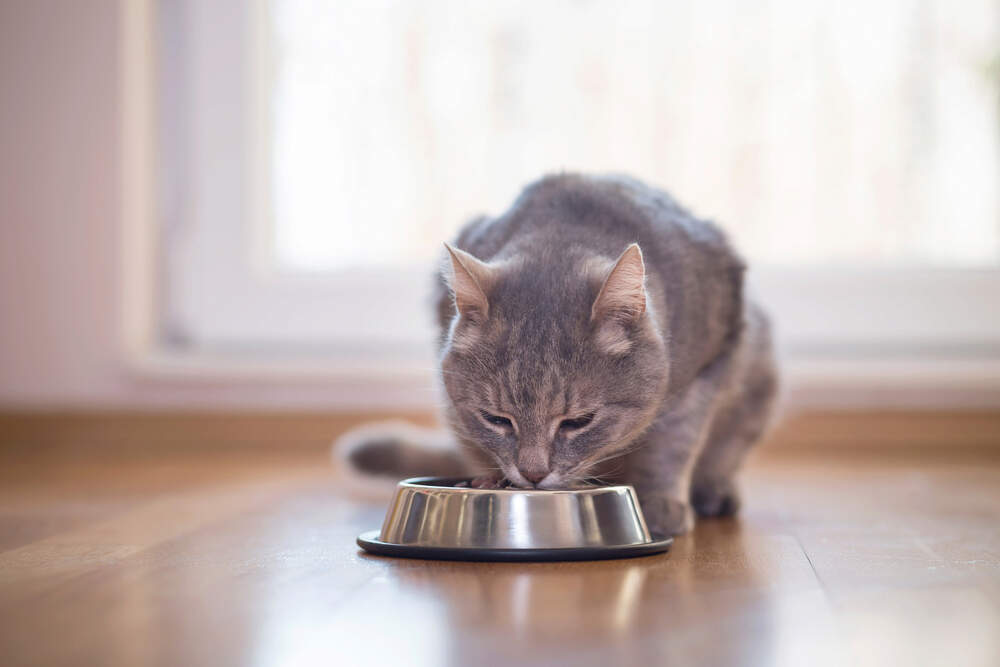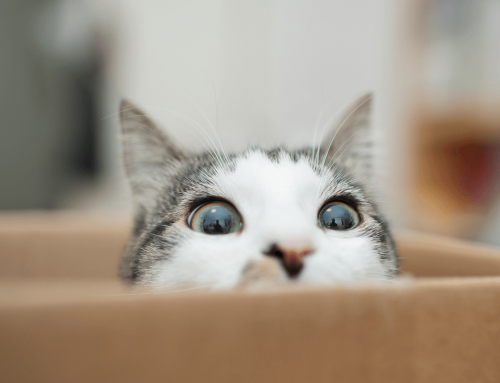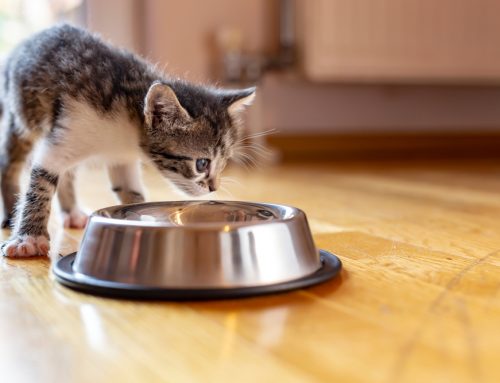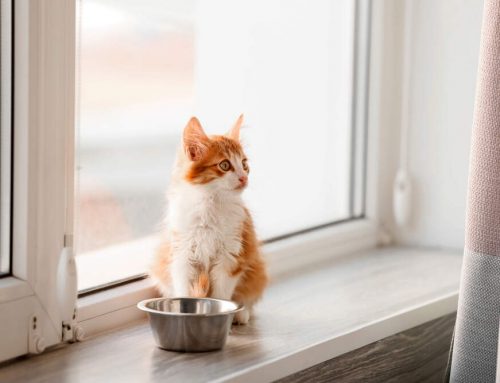Does your cat typically love his kibble, but now he’s suddenly fussy about what he eats? Or has he always been a picky eater and you can’t get him to try any other foods? Cats are known for having unique preferences, whether it’s where you pet them, where they sleep, and sometimes even what they eat. So what do you do if your cat is a picky eater? There are many options, from changing the type of food he eats to changing the food dish itself or even its location.
Too Much of a Good Thing Can Be a Problem
Some cats become picky about their food if they have too many options.1 If you provide wet food of different varieties, multiple types of kibble, and lots of treats, then your cat may be overwhelmed by all the textures and flavors. Narrowing down his options might help.
Check with Your Vet
Cats can get very sick if they don’t eat at all for a few days or lose weight too quickly.2 If your cat suddenly stops eating entirely, visit your veterinarian right away. If he’s still eating but not as much, rule out any health issues before you start to figure out ways to get him eating normally again. Avoiding food is a classic symptom that a cat is sick, especially if he’s also lost a lot of energy and spunk.
Change Up the Texture, Flavor, or Temperature
You might need to try a few different types of food before you find the one that’s right for your cat.3 One cat may prefer chunks of wet food in gravy while another cat prefers canned food in paté form. A cat might even dislike the shape of a kibble or a particular flavor. Do a little experimentation to see if it’s a particular texture or flavor that’s bothering your kitty.
As for canned food, your cat will likely prefer it at room temperature or warmed a little. Cold canned food isn’t anything like the food they instinctually want to hunt down in the wild. A lot of cats will turn their noses up at cold food.
Want to try different flavor and texture varieties? For dry food, try AvoDerm Natural Grain Free Chicken & Duck Recipe in Gravy or the Grain Free Salmon with Tuna Meal. In the canned variety, you might want to try AvoDerm Natural Grain Free Tuna and Crab Entrée in Gravy or the Ocean Fish Formula.
Consider Whisker Stress and Bowl Types
You may be surprised to learn that whisker stress can cause a cat to be a pickier eater.4 For some cats, the feeling of their whiskers’ rubbing against a bowl can cause stress and anxiety. This can lead to avoiding the bowl (and the food inside) entirely. Look for a wider, shallower bowl and see if that helps.
There’s also a chance your cat may not like the bowl you’re using for other reasons. Some cats need small meals multiple times a day, so an automated feeder might be better. Other cats might get stressed by any bowl and would prefer eating from a plate or an interactive toy that lets them feel like they’re hunting while they’re eating.5
Change the Food’s Location
The problem might also be the location of the food bowl rather than the food itself. If your cat doesn’t want to eat, consider moving the bowl to a different location. Sometimes it’s as simple as keeping the food and water bowls in different parts of the house. Other times, you might need to move it to a quieter location away from heavy foot traffic. If you have a dog, your cat might feel a little intimidated eating around him. Try using a food bowl that mounts on a window and set it up near a window perch.
Try Broth but Avoid Human Food
Don’t give your cat scraps of human food. He might like the taste so much he starts to avoid his regular cat food. (And some human foods are toxic to cats.) However, you might want to mix a little salt-free chicken or vegetable broth with his kibble to add flavor or add a little bit of water from a tuna can. A common option to try is to add a small amount of canned food to his kibble. This can entice him back to eating his food again.
A variety of situations can lead to a cat becoming pickier about his food. Experimenting with food textures, dish locations, and even the temperature of the food might help. Once you find the right combination for your cat, you may notice an improvement in his mood. A healthy cat is a happy cat!
- Williams, Krista. “My Cat Won’t Eat: Feeding Picky Eaters.” VCA Hospitals, 2019, https://vcahospitals.com/know-your-pet/feline-picky-eaters.
- Ibid.
- Ibid.
- Kingson, Jennifer A. “Feline Food Issues? ‘Whisker Fatigue’ May Be to Blame.” The New York Times, 5 June 2017, https://www.nytimes.com/2017/06/05/well/family/feline-food-issues-whisker-fatigue-may-be-to-blame.html.
- Moore, Arden. “We’re Feeding Cats Wrong.” Catster, 13 April 2020, https://www.catster.com/cat-food/were-feeding-cats-wrong-ditch-the-cat-food-bowl-and-change-the-schedule.





